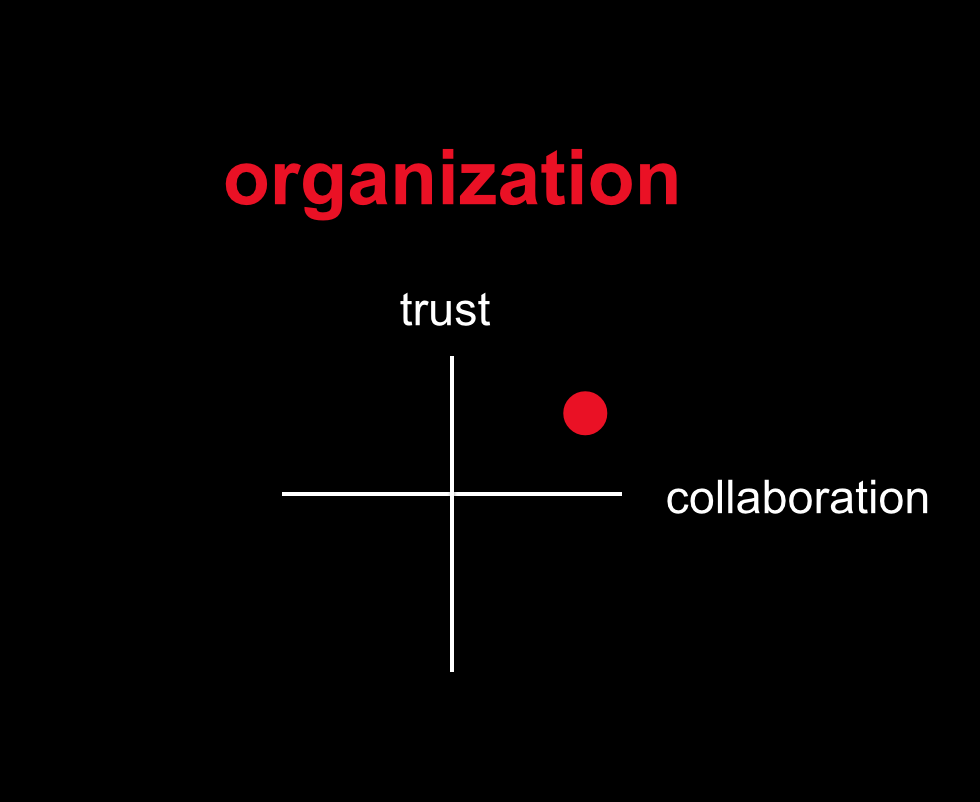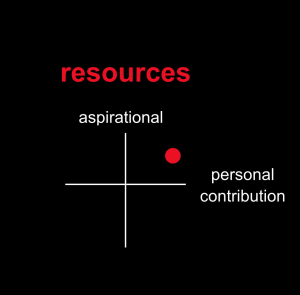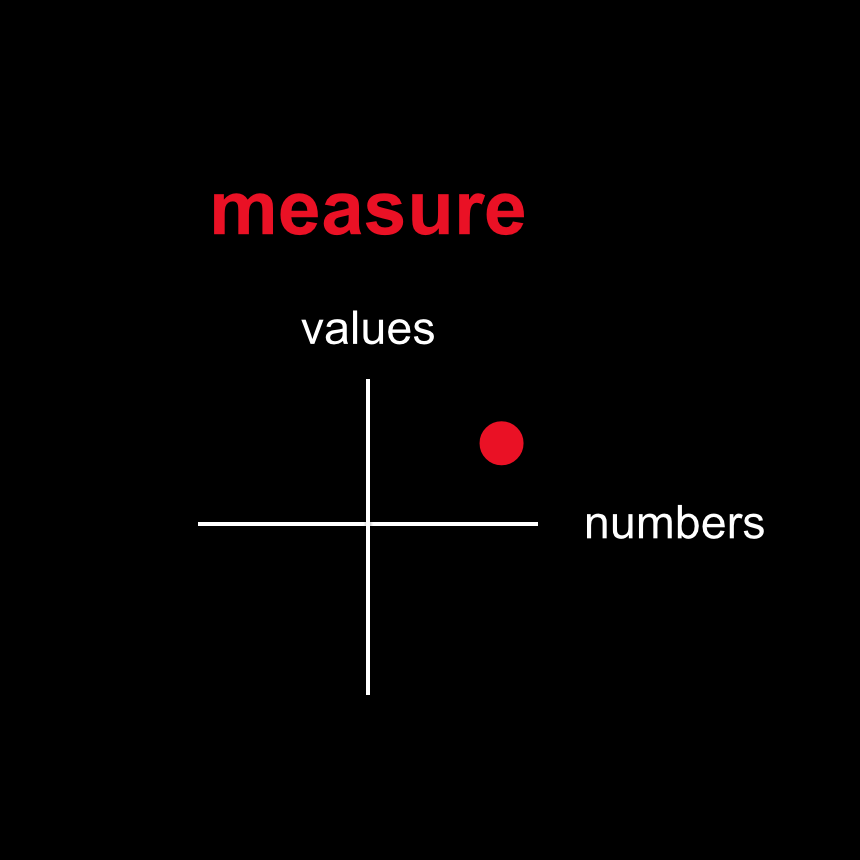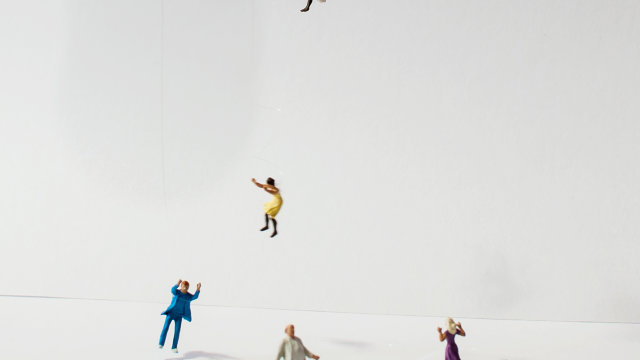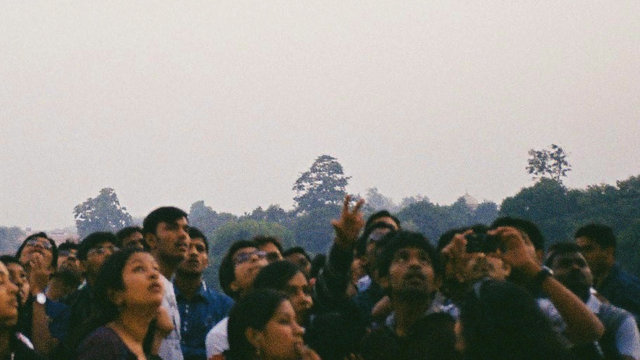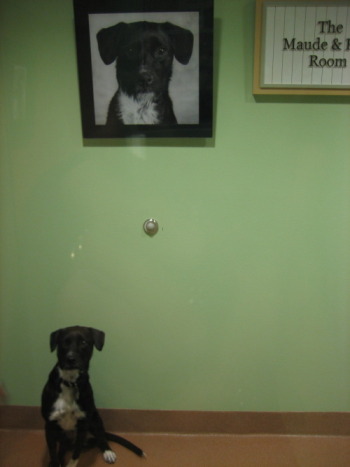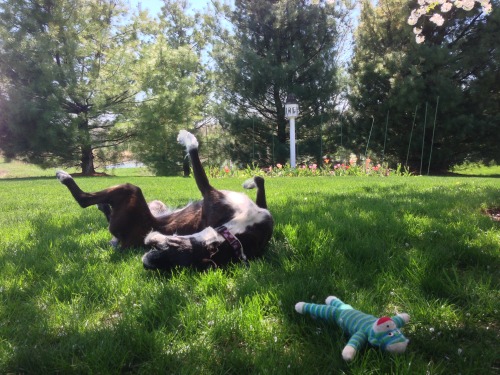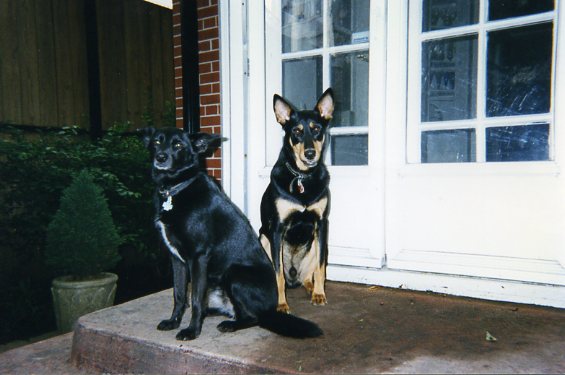This article first appeared in Fast Company
For the leader of a company powered by creativity, the difficulties of navigating today’s complex marketplaces are compounded by the fact that, in every decision, two forces are loudly asserting their dominance.
Creativity and Profitability. A fractious relationship at the best of times.
Leading a company that must, by definition, exist in a constant state of dispute provides enough challenges to fill a book.
But in my work as a coach and confidant to some of the world’s best, I have come to recognize that exceptional leaders unlock the power of ‘Profitable Creativity’ by developing four benevolent weapons.
1. Context
Context is the most under-appreciated asset of business leadership because without it, every decision becomes a guess.
But context requires you have the full picture. Which is why, well disguised guesswork is what passes for strategic decision making in many of today’s creative businesses.
Many creative companies know what they do, but not where’re they’re trying to get to. They’re on a journey, but without a clear destination.
Talented people want to make progress. Establish context and you can show them that they are. Guess, and you lose not only your own bearings, but their loyalty.
The Power of Context
Context gives us the ability to Say No With Confidence.
Great leaders are not necessarily braver leaders. They’re just better informed about the consequences of their choices, which makes it easier for them to make the hard ones. The result of which is they are able to keep their companies focused.
When Steve Jobs returned to Apple in 1997 as its CEO, he began saying ‘no’ to virtually every request by Apple’s developers. He understood that saying ‘yes’ was a distraction from where he knew he needed to take the company, and having context gave him the confidence to stand by his convictions.
Many leaders fear saying no, and see it as limiting. But more often than not, it’s the right answer when you’re clear about where you’re headed and are in a hurry to get there.
Creating Context
Context requires that you Build From The Future Back. Once you know where you’re headed, the decision whether to turn left or right at any given fork becomes increasingly clear.
When Reed Hastings and his partners formed Netflix in 1999, they designed the business they wanted to be in 2008, then waited nine years for the internet to catch up with their vision. Their willingness to explicitly define the future helped them attract talent interested in solving previously unimagined problems, and gave them the focus to avoid the distractions of an increasingly desperate competitor called Blockbuster.
Maintaining Context
Context is only relevant if it’s based on current information. Because the world is changing in real-time, exceptional leaders actively Welcome Disruptive Thinking.
Howard Schultz credits much of his transformation of Starbucks with a willingness to always search for a better way, even when the company had quadrupled in value since his return. “We are turning over rocks and looking at the things that perhaps we didn’t get right and constantly beating ourselves up. If you walked into our Monday morning meeting, you would think this is a company that is still trying to transform itself.”
Exceptional leaders instill their organizations with a constant thirst for knowledge and use it to test their own thinking. They marry this with setting a high bar for changing their mind. But when the evidence suggests they should, they do.
2. Clearly Defined Values
Most leaders have an instinctive definition of good and bad, of right and wrong, and rely on those instincts in every situation. But exceptional leaders take time to define those values explicitly. First for themselves, and then for others. This ensures a constant point of reference for everyone, including the leader.
When talented people understand what is expected, they will usually take up the cause alongside you and apply their own talents to the challenge, secure in the knowledge that they understand the rules, and where to bend them. And you’ll have clear metrics by which to judge their contribution - and their chemistry with the organization.
The Power of Values
Clearly defined values allow you to avoid the most misunderstood aspect of building a compelling business - Over-Valuing Company Culture.
In most cases when you hear a company espousing its culture, it’s inadvertently making an argument for the status quo. But culture is made up of both positive and negative attributes, and when culture becomes the sole reference both good and bad go along for the ride.
As organizations grow, they need to adapt and evolve while maintaining their center. Culture creates boundaries. Values provide foundations. The former restrict. The latter empower.
Setting Values
Exceptional leaders establish explicit company values. And they also incorporate their values into a clearly defined Personal Brand. This gives them a compass by which to navigate the daily demands of managing organized chaos.
A personal brand is more than the simplistic equation used by many: ‘company name + personal title’. When that relationship ends, the leader is only known for where they worked, not what they believed.
An authentic personal brand is built on clearly articulated ‘planks’ - a series of distinctive beliefs that form an intentioned and cohesive macro-view. And the self-confidence it reflects attracts talented people as much as any bonus.
The discipline of a clearly defined personal brand also helps to overcome the habit many leaders succumb to when asked a question - the urge to be endlessly original. If you’re saying something different every time someone asks you a question, at best you’re confusing them, at worst you’re alienating them.
Maintaining Values
Values get eroded, or worse, distorted if left unattended. Maintaining them requires leaders that Address Issues Quickly.
Nothing undermines values like waiting weeks or months to correct a problem. And nothing undermines creative and emotional enthusiasm like a series of inconsistently applied standards . Exceptional leaders are willing to have courageous conversations. And maintain clear standards through honest, decisive leadership.
A recent poll showed that 47% of executives in creative businesses would prefer working at a new company.
In today’s most innovative businesses, the greatest risk of inconsistent standards is the potential loss of talented people who decide every day whether you are using their time valuably or frivolously
3. Trust
We live in a socially connected age. Our nose for disingenuous, deceptive behavior has never been more sensitive. In that environment, establishing trust is not simply a choice but a requirement if you want to keep the best people and have them do their most courageous work.
The Power of Trust
A lot of leaders make the mistake of adding talent to an organizational structure incapable of taking advantage of new skills.
In today’s multi-channel, consumer-driven landscape, successful companies are built by leaders who Embed Collaboration into their organizational DNA. This ensures the company is designed to integrate disparate talents and built to perform under pressure.
Dana Anderson of Mondelez describes trust as the foundation of collaboration, and explains that collaboration is a rare commodity in organizations where idea ownership is valued over progress.
Exceptional leaders use trust to break down personal ownership of an idea, while promoting public debate and shared exploration instead.
In the case of Mono, one of the industry’s rapidly emerging creative forces, its office is built around a central wall which acts as a public workspace. The wall establishes trust through transparency, and makes collaboration not just a philosophical initiative but a physical inevitability.
Establishing Trust
The fuel of trust is Transparency. Exceptional leaders define it. It doesn’t mean telling all people, all things. It means being open about what you can reveal, and being open about what you can’t.
And it means that when you’re not sure, you lean on the first part of that equation.
Maintaining Trust
When your best people know that you’re there for them, they tend to give you the benefit of the doubt. The key is to Provide Accessibility.
Reed Hastings doesn’t have an office. He moves around Netflix’ headquarters meeting with people at spare tables. When he does need a quiet space, he uses his watchtower, a room-size glass square built on the roof of Netflix’s main building.
Whether you follow this virtual leadership approach, or base yourself in the corner office, walking the floor regularly and keeping the door open, both physically and emotionally, is crucial to building and maintaining trusting relationships.
4. Momentum
In today’s business environment, momentum is essential fuel. It takes enormous effort to create motion from a standing start, and it is much easier to change direction if you’re already moving. The most dynamic leaders make decisions fast and move on.
Innovation is the consequence of exploration. And you can’t explore while standing still.
The Power of Momentum
If you create a one percent improvement in one area of your business today, and tomorrow do the same thing, seventy days from now that capability will be twice as good. This is known as the ability to Aggregate Marginal Gains.
In 2009, a man named Dave Brailsford presented a plan to the British government to build a cycling team capable of producing Britain’s first ever winner of the Tour de France. He thought it would take four years. His plan was based on an approach he described as, “aggregating marginal gains - how small improvements can have a huge impact to the overall performance of the team.” Sir Dave, as he is now known, broke down the individual elements of a world-class cycling team and focused on improving each component piece by one percent. And his plan, which resulted in Sir Bradley Wiggins becoming the first British winner of the Tour de France, did not take four years. It took three.
Creating Momentum
Momentum is blocked when the criteria by which decisions are made are set too high. Exceptional leaders Measure Decisions Against Success, Not Perfection. Not only does this engage their staff and create progress - a meaningful reward for talented people - it also creates a better work-life balance in the process.
Companies die in the quest for perfection. In the meantime the organization loses the benefit of the learning that any decision provides. Great leaders stack decisions on top of each other and evaluate progress against the destination, course correcting as they go.
Maintaining Momentum
Nothing undermines the effort and emotional investment of talented people more than allowing other members of the team to consistently under-perform. Exceptional leaders are willing to support a policy of Firing Fast, knowing that only by supporting the highest standards can they maintain the morale of talented people - and the company’s momentum.
A recent BusinessWeek article highlighted the fact that on a typical weeknight in North America, Netflix is responsible for almost a third of the internet’s downstream traffic. That requires immense infrastructure and engineering talent, one of the most sought after talent pools in the modern world. The temptation for most leaders is to cling to scarce talent like a life raft, indulging under-performers based on their expertise not their performance. Netflix takes the opposite view, encouraging managers to provide fired employees with industry-leading severance packages, thereby removing managers’ guilt and raising standards.
Context. Standards. Trust. Momentum.
Four weapons that will give you immediate competitive advantage on the road to ‘Profitable Creativity’.















